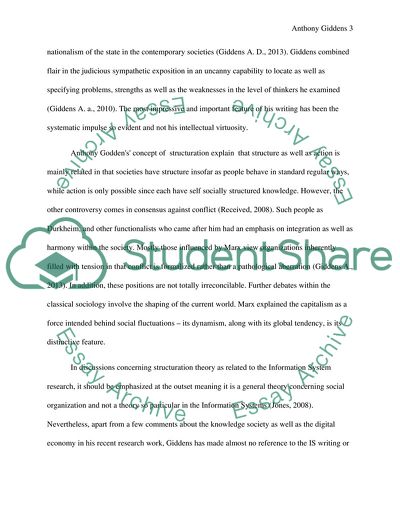Cite this document
(Anthony Giddens' Contention on Contemporary Social Conditions Essay Example | Topics and Well Written Essays - 2500 words, n.d.)
Anthony Giddens' Contention on Contemporary Social Conditions Essay Example | Topics and Well Written Essays - 2500 words. https://studentshare.org/sociology/1865590-individual-and-society
Anthony Giddens' Contention on Contemporary Social Conditions Essay Example | Topics and Well Written Essays - 2500 words. https://studentshare.org/sociology/1865590-individual-and-society
(Anthony Giddens' Contention on Contemporary Social Conditions Essay Example | Topics and Well Written Essays - 2500 Words)
Anthony Giddens' Contention on Contemporary Social Conditions Essay Example | Topics and Well Written Essays - 2500 Words. https://studentshare.org/sociology/1865590-individual-and-society.
Anthony Giddens' Contention on Contemporary Social Conditions Essay Example | Topics and Well Written Essays - 2500 Words. https://studentshare.org/sociology/1865590-individual-and-society.
“Anthony Giddens' Contention on Contemporary Social Conditions Essay Example | Topics and Well Written Essays - 2500 Words”. https://studentshare.org/sociology/1865590-individual-and-society.


